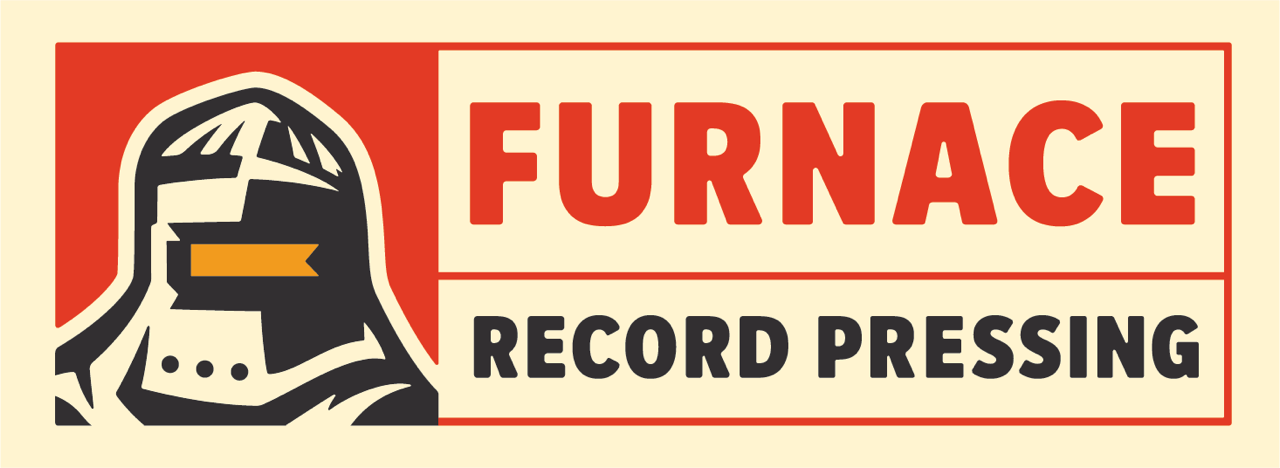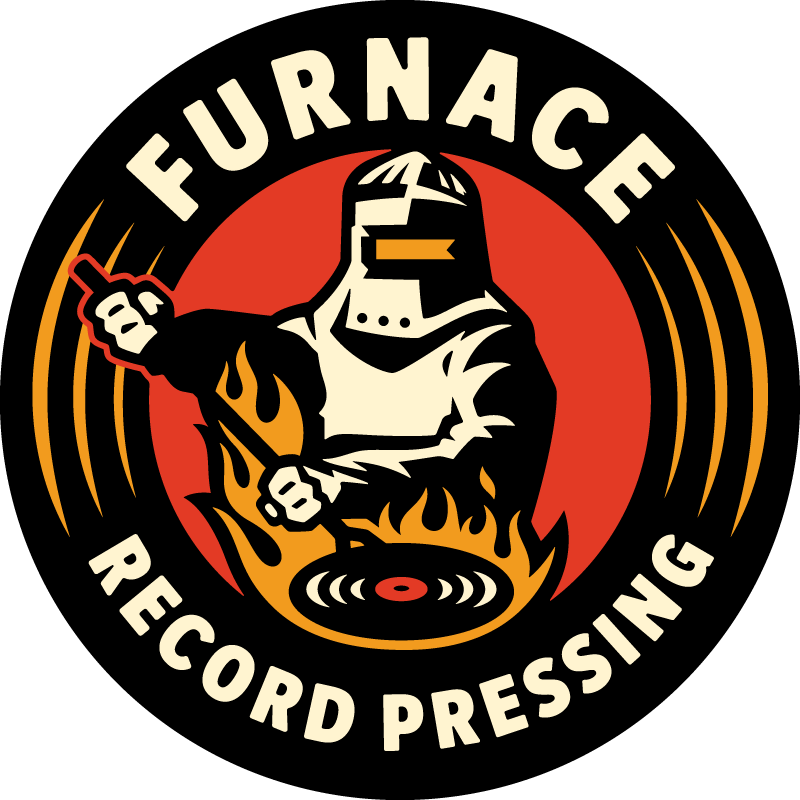From CD to Vinyl Pressing: What’s The Difference?
Gramophone records have come a long way since Thomas Edison created his first “phonographic cylinder”. Materials evolved from flat metal discs, through shellac, to pliable vinyl. Eventually we arrived at the digital compact discs we find in music stores. Today, with digital audio now being the most popular audio format, many people still express a preference to own their music in a physical format.
Furnace Record Pressing has been in business since 1996. We handcraft vinyl recordings in the traditional way, which means with care and love. Folks who travel back in time from CD to vinyl pressings enter a worls where the quality of sound is richer than a mass produced CD. The main reason fo the difference is the materials.
CD Facts
CDs came about because making vinyl records is a time-consuming process, and manufacturers wished to cater to mass demand. Technology allows them to produce CD’s at a phenomenal speed with minimal supervision. The base material is a polycarbonate disc upon which a digital disc image is transposed. Average direct costs are $0.15 for the recording and $0.30 for the case. The resultant sound is technically perfect, although many people find vinyl richer, warmer, and more emotionally rewarding.
Vinyl Secrets
Furnace Record Pressing staff personally handcraft vinyl records using methods that haven’t changed in half a century. We do this for the increasing number of people who have returned from CD to vinyl pressings for the deeper, more emotionally satisfying sounds they reproduce. It takes eight weeks to produce each batch, because quality can’t be rushed.
The first phase of the vinyl pressing process involves take the client’s audio through a process where it ends up as a stamping plate. This is warmed and pressed down on a vinyl biscuit to create a physical record. Unlike CDs, each pressing is an individual event supervised by human eyes and hands. Care, concern, and attention to detail, not machinery, direct the quality of the sound.
The Difference
A poor quality CD can deliver reasonable sound via an electronic system that allows an almost infinite range of settings. The listener hears what they want to, as they tweak bass, mid-range and treble settings to suit their taste. Most vinyl owners love their records because they can hear exactly what the artist intended; they enjoy listening to music as it was originally composed, and the sound is not distorted through the process of mass-manufacturing.
Furnace record pressing ensures the integrity of each record we press, and our customers can be confident of hearing the rich sounds the artist played. This makes the transition back from CD to vinyl even more worthwhile, as there’s something magical about hearing exactly what the artist produced. Each Furnace pressing receives the same dedication to consistent hand-made quality, and the awesome sound that only vinyl can produce.





